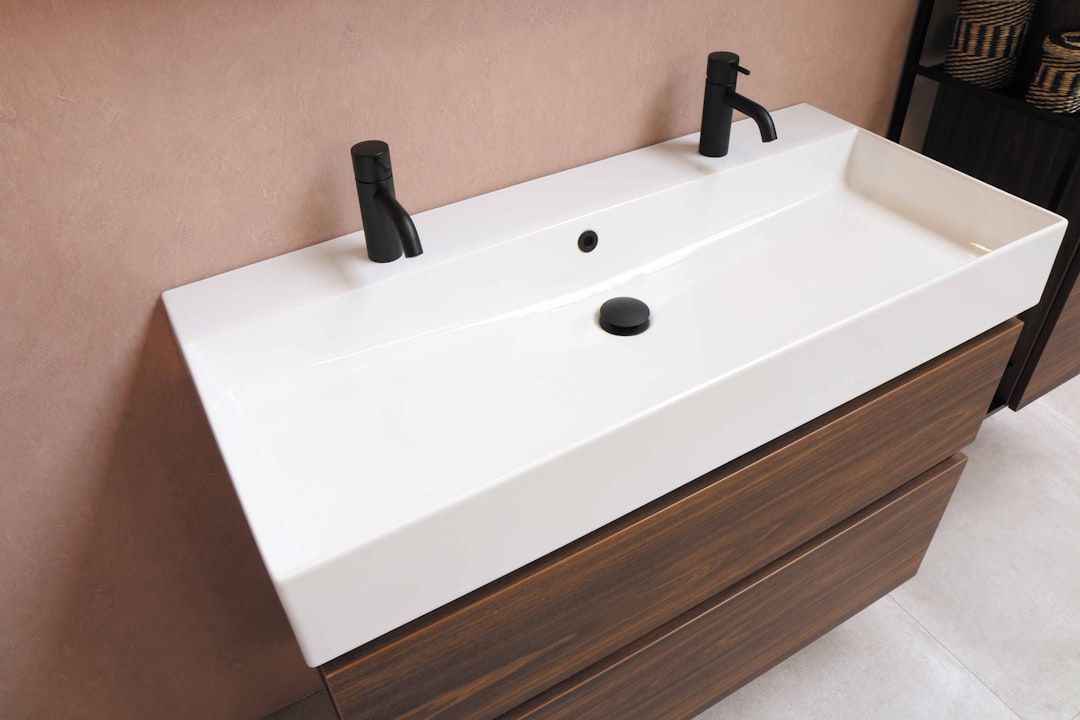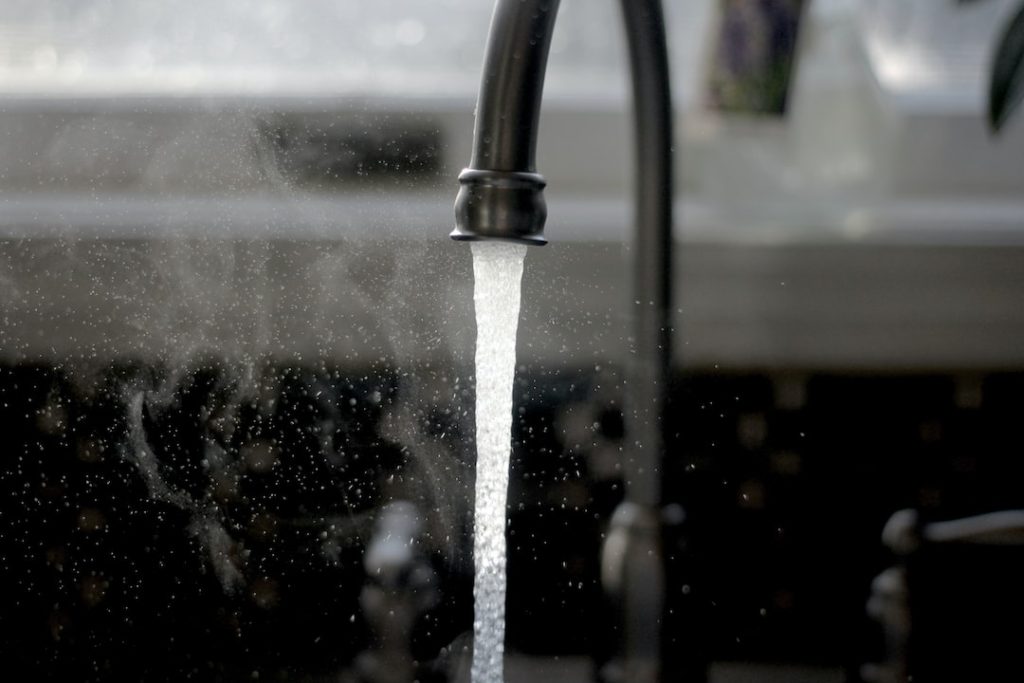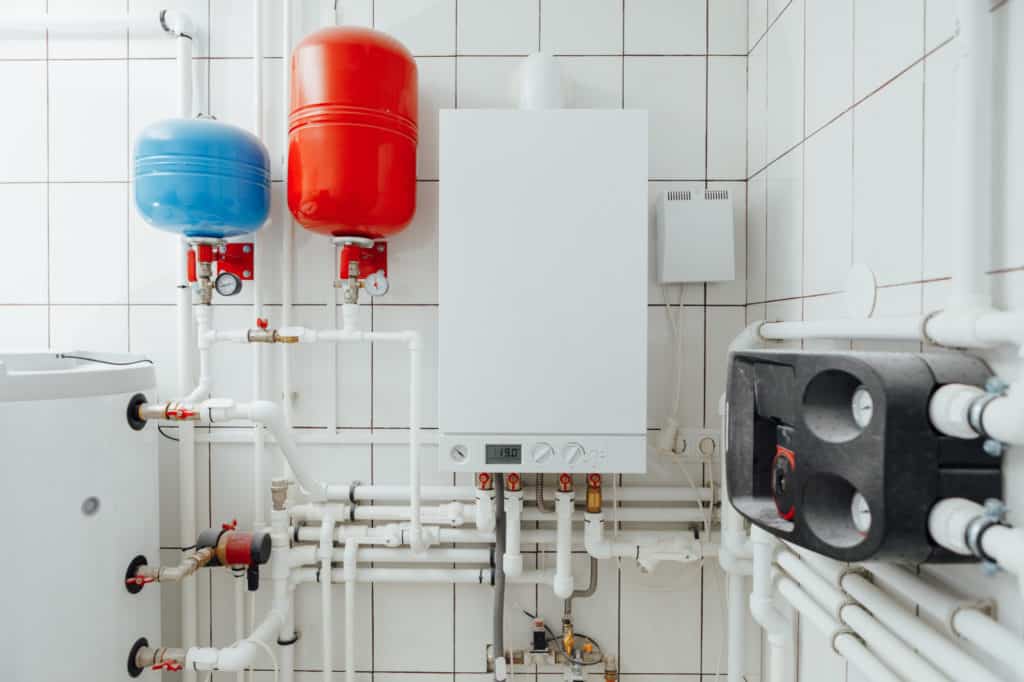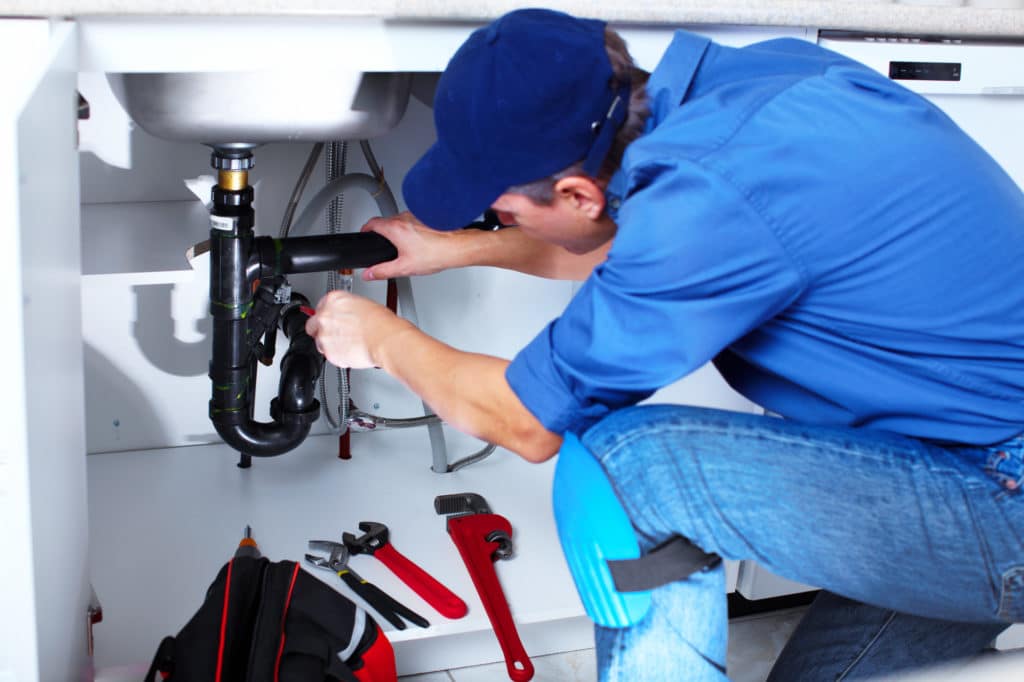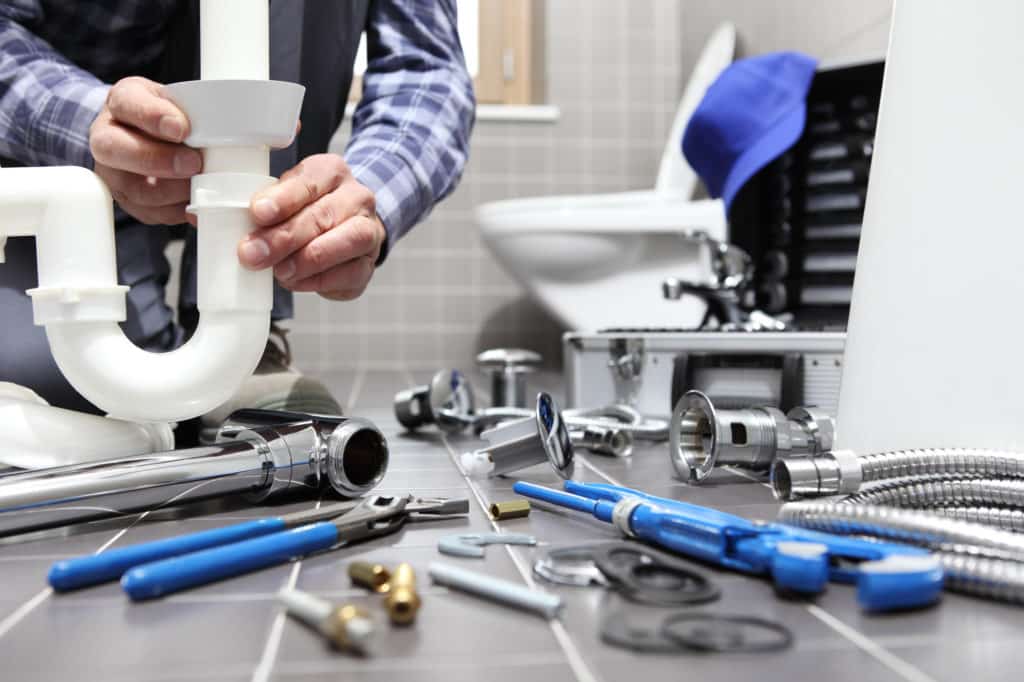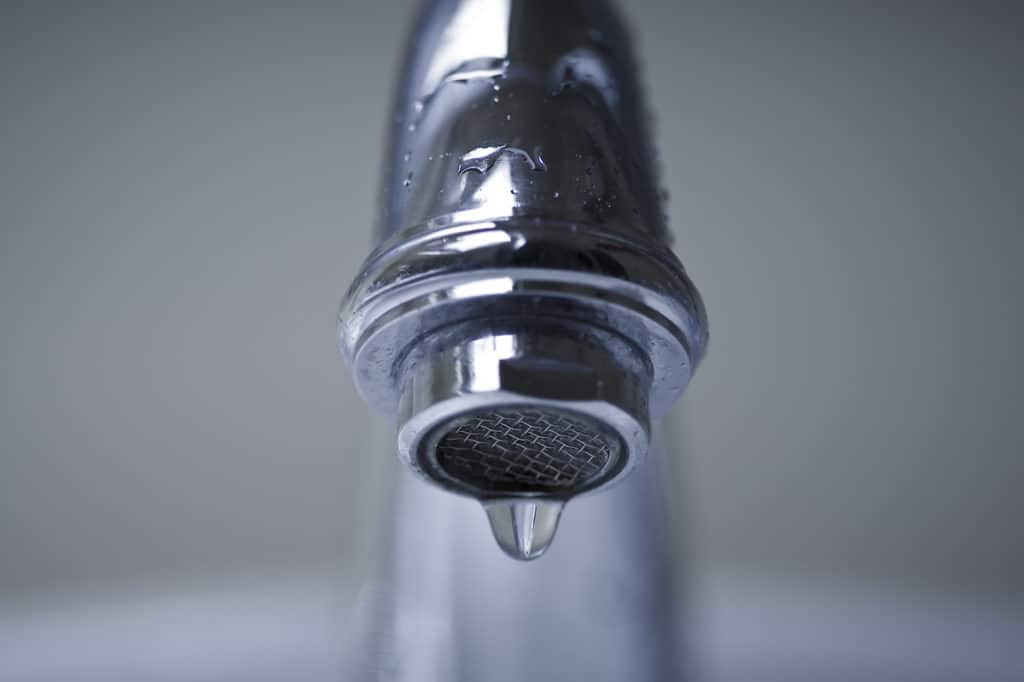Is the steady drip, drip, drip from your tap keeping you awake at night? You aren’t alone. A leaky faucet is a common household nuisance that can quickly drain your wallet and your patience if not addressed promptly.
As professionals at Plumbing Pros DMV, we often encounter homeowners distressed over the incessant dripping of their faucets. We hear your concerns about not only the waste of precious water but also the spike in your utility bill. Beyond that, if left unattended for long, the problem can escalate, causing damage to your home and leading to expensive repairs.
Luckily, faucet leaks are often straightforward to remedy with a little bit of time and the right tools. Even with a busy schedule, fixing your leaky faucet can often be done in less than an hour! We have prepared an essential guide to help you tackle this common plumbing issue head-on.
Quick Facts About a Leaky Faucet
- A faucet leak does not improve or disappear over time; it only gets worse, especially if the faucet parts are old
- The culprit behind a leaky faucet is generally due to wear and tear on the cartridge or stem assembly
- Tools needed to fix a leaky faucet usually include an Allen wrench, pliers, screwdrivers, and potentially a utility knife
- If the repair procedure seems complex, always call a professional, although this has its own cost implications.
So, ready to fix your leaky faucet? Let’s help you reclaim not only your peace and quiet but also reach you a step closer to a more water-efficient home.
Identifying the Type of Your Leaky Faucet
Before you initiate the process of fixing a leaky faucet, the first step is to identify the type of faucet you have. Faucets come in different types, and each has its own unique mechanism. Identifying the type of faucet you have will guide you on the appropriate steps to take in fixing the leak.
Compression Faucets
Compression faucets are traditional, and you can identify them by their two handles – one for hot water and the other for cold. These faucets work with a system that compresses the washer against a valve seat in the faucet to control the flow of water. The most common cause of leaks in compression faucets is worn-out rubber washers that need replacement.
Ball Faucets
Ball faucets have just one handle that moves over a rounded, ball-shaped cap right above the base of the faucet spout. This type of faucet has many parts and is a bit more complex, making it a bit challenging to find the cause of the leak. But don’t worry, we, at Plumbing Pros DMV, have got you covered. To fix this faucet, it’s often best to replace all parts with a repair kit.
Cartridge Faucets
Cartridge faucets can come with either one or two handles. To identify a cartridge faucet, turn the handle – if it moves up and down to control the water flow and left and right to control the temperature, you have a cartridge faucet. The cartridge inside this faucet type is what controls the water flow and temperature.
Disc Faucets
Disc faucets are a newer type of faucet and are quite easy to identify. They have a single handle that is attached to a cylindrical body. These faucets work with two ceramic discs that move against each other to control water flow and temperature.
When you have identified the type of faucet you have, you’re ready to move into the repair process. But, remember, if things get too complex, don’t hesitate to contact our service plumbers for professional assistance.
Step-by-Step Guide to Fixing a Leaky Faucet
Before we dive into the steps, remember that different types of faucets require distinct approaches. So, keep in mind the kind of faucet you’re dealing with as you follow these steps.
Step 1: Gather Necessary Tools and Materials
In order to fix that pesky leaky faucet, you’ll need the right tools and materials. These typically include an adjustable wrench, screwdrivers (both flathead and Phillips), plumber’s tape (also known as Teflon tape), replacement parts (like washers, O-rings, springs, ceramic disks, etc.), towels or rags, a bucket or container, penetrating oil (such as WD-40), adjustable pliers, and an Allen wrench (or hex key).
Step 2: Turn Off the Water Supply
This is an essential step to avoid turning a small leak into a big, wet problem. Locate the shut-off valves beneath your sink and turn them clockwise. If you can’t find individual valves, you may need to shut off the primary water source for your house.
Step 3: Remove the Faucet Handle
Once the water supply is turned off, it’s time to remove the faucet handle. The method for this will vary depending on the type of faucet you have. Usually, a flathead screwdriver or utility knife is used to remove the handle cap and expose the screws. Once the screws are visible, use your screwdriver to remove them and lift the handle off the stem.
Step 4: Inspect and Replace Damaged Parts
Now that you have access to the faucet’s inner workings, it’s time to inspect for any damaged or worn-out parts. This could be a washer, O-ring, stem, or any other component. Once you’ve identified the problematic part, replace it with a new one.
Step 5: Reassemble the Faucet
After replacing the damaged parts, reassemble the faucet in reverse order of disassembly. Make sure each part is securely in place to prevent future leaks.
Step 6: Test Your Faucet
Finally, the moment of truth. Slowly turn your water supply back on and test your faucet. The water should flow smoothly without any leaks. If it’s still dripping, you might want to repeat the process or check a different part that could be causing the issue.
Fixing a leaky faucet can be a satisfying DIY task, but it isn’t always a walk in the park. If you’ve followed the steps but the dripping persists, don’t worry. At Plumbing Pros DMV, we’re always ready to step in. Our expert team, led by James D., CEO and topic expert, is well-versed in leaky faucet repair. So, don’t hesitate to call us for professional assistance.
Troubleshooting Common Faucet Leaks
Sometimes, despite our best efforts, leaks persist. Let’s tackle some common faucet leaks that you might encounter during your DIY repairs.
Leaky Faucet Stem
A leaky stem can often be traced back to a loose packing nut. This is the component that turns when you rotate your sink handles, allowing the water to flow. If your faucet stem is leaking, you can remove the stem and tighten the packing nut yourself. If the leak persists, it’s time to call on the professionals. At Plumbing Pros DMV, we’re equipped to handle such issues efficiently.
Faucet Dripping After Water Turned Off
If your faucet continues to drip even after the water has been turned off, it could indicate a problem with the valve seat, or the part of the faucet where the valve connects to the spout. Over time, sediment can build up on the valve seat, causing it to corrode and allowing water to leak out. A thorough cleaning or replacement of the valve seat may be necessary.
Leaky Faucet Handle
A leaky faucet handle can be quite annoying and might be due to worn-out o-rings or a faulty cartridge. The o-ring is a small rubber ring located between the stem and the packing nut. Over time, this ring can wear out or become loose, resulting in a leak around the faucet handle. Similarly, a damaged cartridge can cause leaks. Replacing these parts can often resolve the issue.
Faucet Leaking from Stem
If your faucet is leaking from the stem, it’s often due to damaged parts within the assembly, such as the stem, washer, or o-ring. Disassembling the faucet and inspecting these components for damage can help identify the problem. Replacing any worn or damaged parts should rectify the leak.
While these solutions may seem straightforward, dealing with plumbing fixtures requires a certain level of skill and knowledge. Some tasks are best left to the professionals. If you’re facing persistent leaks or are unsure of how to proceed, don’t hesitate to contact us at Plumbing Pros DMV. Our team of experts is always ready to help you solve your plumbing problems.
It’s worth noting that ignoring a leaky faucet can lead to higher water bills and even severe water damage over time. So, if you’re dealing with a stubborn leak, don’t delay – get it fixed right away!
When to Call a Professional Plumber
Even with the best intentions and a solid understanding of how to fix a leaky faucet, there are times when it’s best to call in a professional. Let’s explore when that might be and the benefits of choosing a professional service like Plumbing Pros DMV.
Recognizing the Limitations of DIY Repairs
While many minor leaks can be fixed with a little bit of know-how and some elbow grease, more significant issues may require professional intervention. For instance, if your faucet continues to leak after you’ve replaced the worn-out parts, or if the leak gets worse over time, it could be a sign of a more complex problem like a cracked pipe, poor plumbing installation, or pressure build-up.
It’s essential to recognize the limitations of DIY repairs. Even though you may be able to fix a particular issue temporarily, a professional plumber can provide a more permanent solution and ensure that the problem does not recur or cause further damage.
The Benefits of Hiring Plumbing Pros DMV
At Plumbing Pros DMV, we don’t just fix your immediate problem; we aim to provide a long-lasting solution. We are a team of licensed and insured professionals, dedicated to delivering top quality plumbing repairs. With our detailed assessments and superior materials, we ensure that our repairs will serve you and your family for years to come.
One major advantage of hiring us is our quick response time. We understand that a leaky faucet can quickly escalate into a more serious issue if not addressed promptly. Hence, we strive to provide fast and efficient service to our customers.
Furthermore, we understand the unique needs and challenges of homeowners in the Virginia and Maryland areas. Our team is equipped to handle any plumbing emergency, including issues with frozen pipes during the tough winters.
In conclusion, while a leaky faucet might seem like a small problem, it can lead to larger issues if not addressed properly. It’s okay to attempt DIY repairs, but don’t hesitate to call a professional when necessary. At Plumbing Pros DMV, we’re always ready to help, providing expert service that ensures your plumbing problems are a thing of the past.
Conclusion: The Satisfaction of a Job Well Done
Fixing a leaky faucet does not have to be an intimidating task. With the right tools, some patience, and a bit of determination, you can successfully tackle this common household issue. By following the step-by-step process outlined in this guide, you can finally silence that annoying drip and prevent unnecessary water waste.
However, we understand that not all plumbing issues are as straightforward as a leaky faucet. Some problems might be more complex, requiring professional intervention. That’s where we come to your rescue. At Plumbing Pros DMV, we provide you with reliable and efficient plumbing solutions, ensuring your home remains leak-free and your peace of mind is undisturbed.
Whether you need help with a persistent leak or a more complicated plumbing issue, don’t hesitate to contact us. Our team of skilled professionals is equipped to handle any plumbing challenge you might face. We’re available 24×7, ready to jump in and lend a hand when you need us most.
A well-maintained plumbing system is a key component of a comfortable and functional home. Don’t let minor issues escalate into major problems; be proactive in your home maintenance. The satisfaction of a job well done will not only give you a sense of accomplishment but also the peace of mind that comes from knowing your home is in good shape.
For more helpful tips and advice, be sure to check out our blog. If you’re dealing with more severe plumbing issues, consult our guide on emergency plumbing repair or learn more about our drain repair services. We’re here to help you every step of the way.
Enjoy the satisfaction that comes from a job well done and the tranquility of a leak-free faucet. Say goodbye to the constant dripping and hello to peace of mind with Plumbing Pros DMV.









